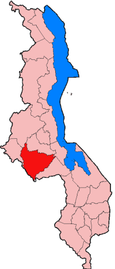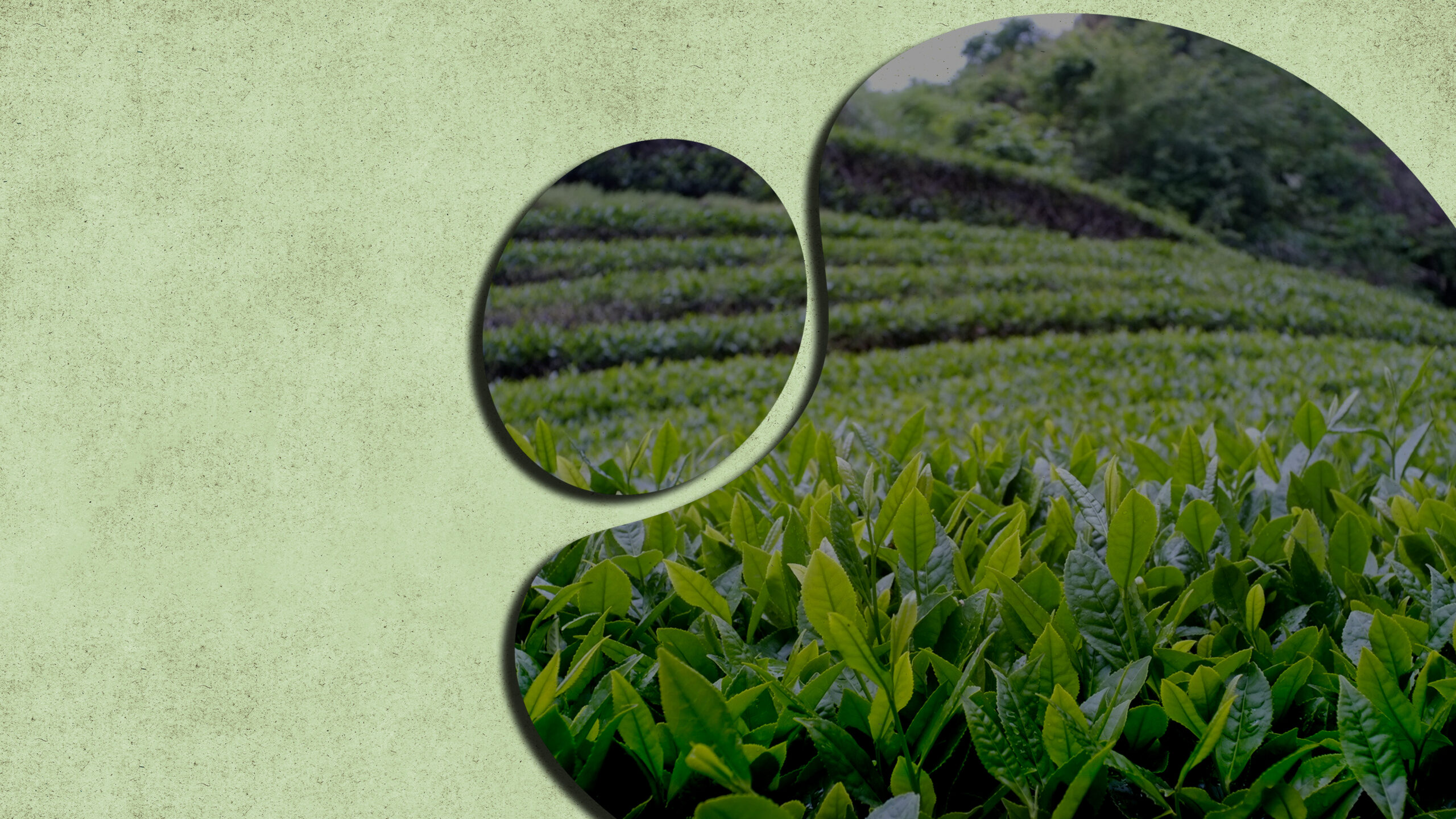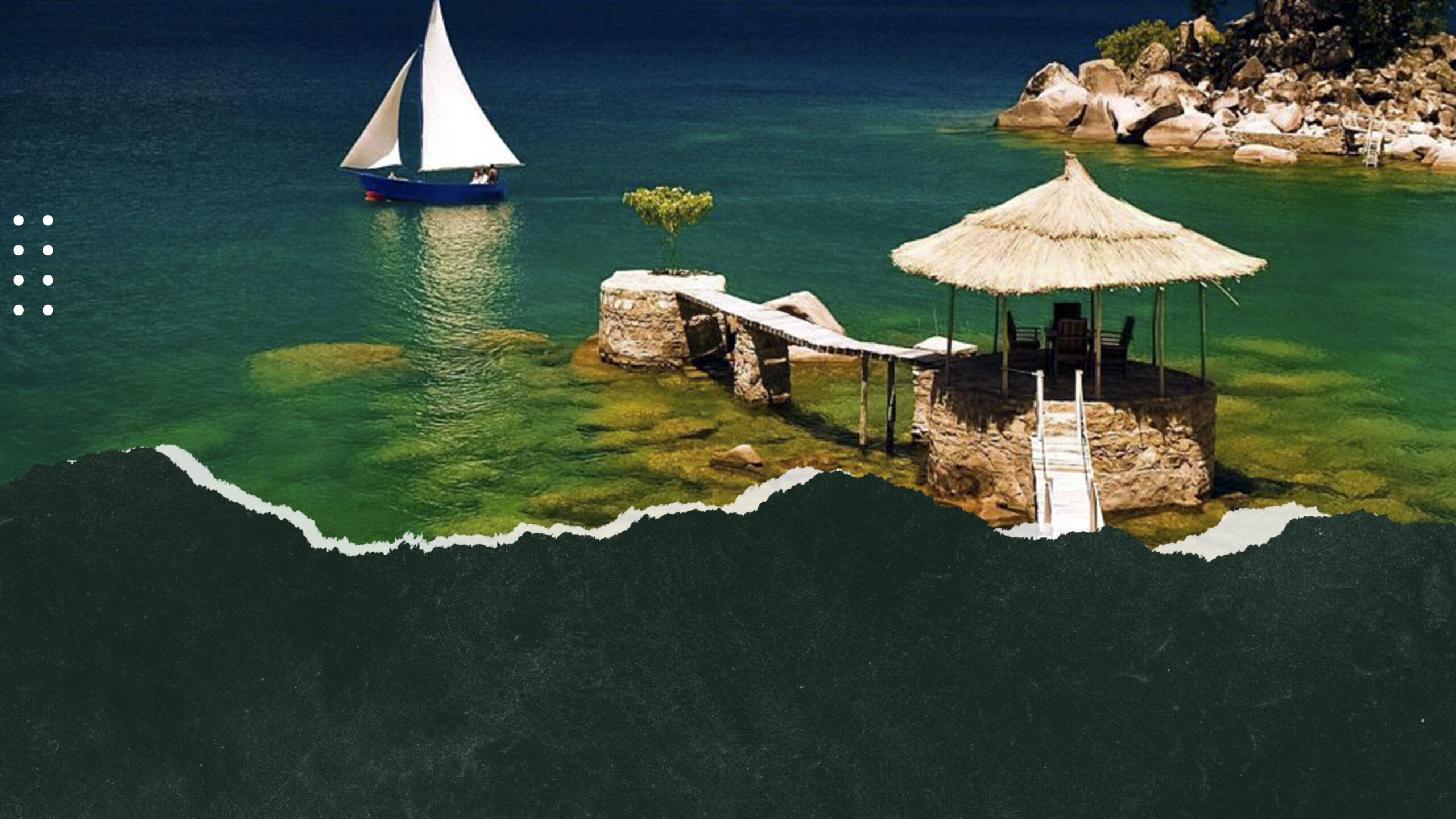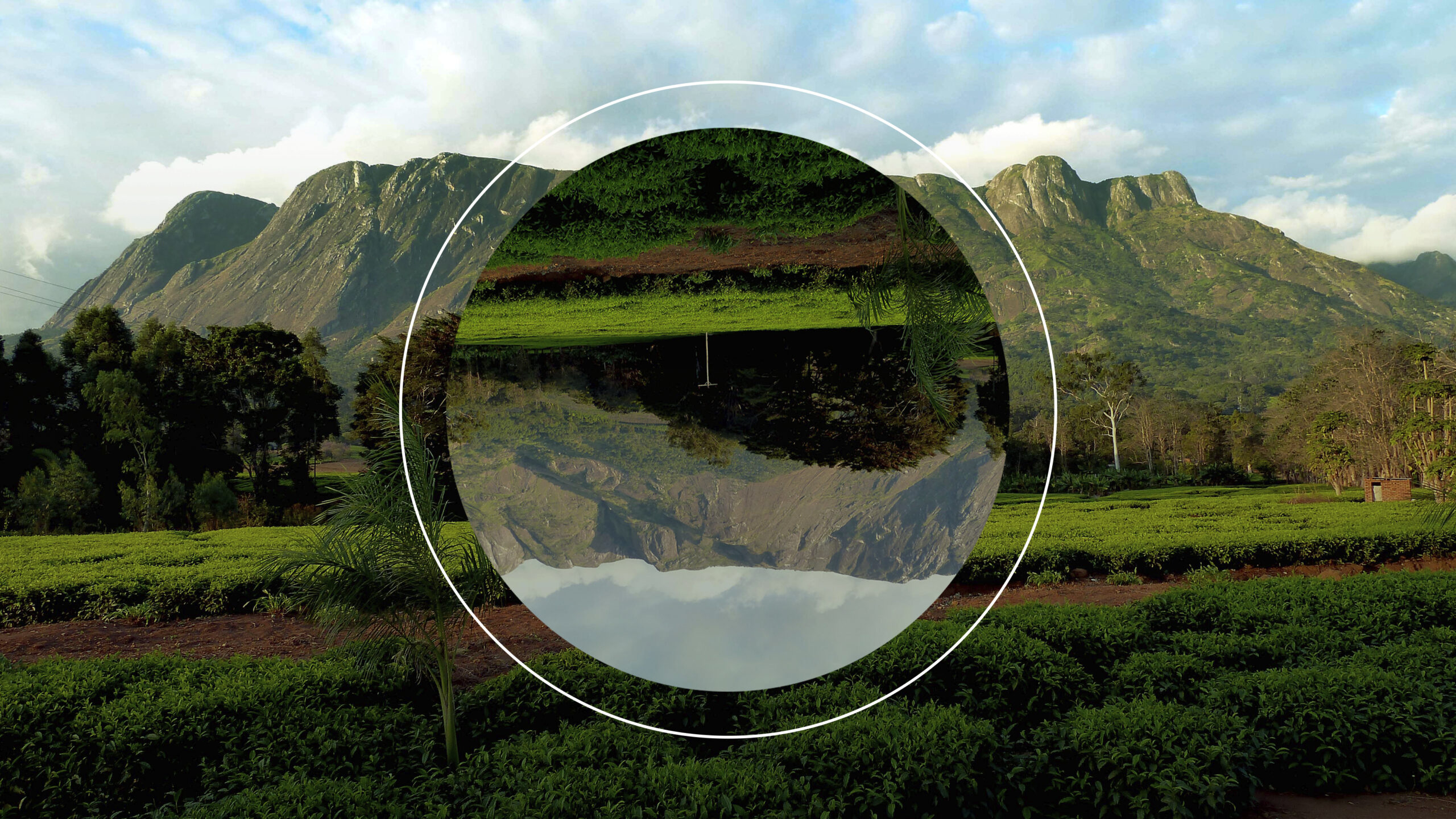DISTRICTS - CENTRAL- LILONGWE
- DISTRICTS
- NORTH – CHITIPA
- NORTH – KARONGA
- NORTH – LIKOMA
- NORTH – MZIMBA
- NORTH – MZUZU
- NORTH – NKHATA BAY
- NORTH – RUMPHI
- CENTRAL – DEDZA
- CENTRAL – DOWA
- CENTRAL – KASUNGU
- CENTRAL- LILONGWE
- CENTRAL-MCHINJI
- CENTRAL – NKHOTAKOTA
- CENTRAL – NTCHEU
- CENTRAL – NTCHISI
- CENTRAL – NTCHISI
- CENTRAL – SALIMA
- SOUTH – BALAKA
- SOUTH – BLANTYRE
- SOUTH – CHIKWAWA
- SOUTH – CHIRADZULA
- SOUTH – MACHINGA
- SOUTH – MANGOCHI
- SOUTH – MULANJE
- SOUTH – MWANZA
- SOUTH – NSANJE
- SOUTH – THYOLO
- SOUTH – PHOLOMBE
- SOUTH – ZOMBA
- SOUTH – NENO

Capital City, by contrast, is a true original. Custom-built during the Banda era, it feels tangibly contrived, an open-air huddle of semi-skyscrapping office blocks, freshly painted banking houses, leaf-shrouded embassies, warehouse-like supermarkets and half-full car parks whose distinguishing feature is a kind of collective capacity to cancel each other out. From whatever angle you approach Capital City, and no matter how often, it is difficult to shake off the feeling that it ended before it began and you somehow blinked at the wrong moment!
Lilongwe could scarcely be more equable or manageable introduction to urban Africa. The climate is comfortable, getting in and out of town is simplicity itself, accommodation is abundant and conveniently situated, and shops and markets are well stocked. In some ways, Lilongwe feels like a microcosm of the country it governs – small but deceptively populated, friendly and personal, dusty and colourfully chaotic, and full of contrast. Behind the houses and offices, within eyeshot of parliament, people still grow maize in their gardens. Villagers cycle miles from outlying areas to sell produce at the country’s largest market, weaving between the buses that form jerking, hooting, belching queues in the Old Town centre. And as night falls, the familiar urban rumble is punctuated by sounds eerily evocative of Lilongwe’s African setting – the wild whooping spotted hyenas and chilling cries of bushbabies, both of which haunt the nature sanctuary bisected by the main trunk road between Old Town and Capital City.
History
Orientation
It is somehow emblematic of the capital’s functionality that, where other cities have properly named suburbs, Lilongwe is divided up into a few dozen chronologically numbered areas, with Area 1 being the oldest part of town, Area 2 the second-oldest, etc (and house numbers, where they exist, follow the same confusing logic). Navigating around this patchwork city is therefore often more about spatial awareness than remembering road names and numbers of buildings. Fortunately, public transport is easy to master, making travel around and out of town very simple.
Most visitors end up staying in Areas 1-4, which collectively comprise the Old Town, to all intents and purposes Lilongwe as it was prior to the construction of Capital City on Areas 16, 19 and 40. Other important areas in tourist terms include the recently developed Areas 5 and 9, site of the Crossroads Mall and several hotels and eateries, and the prettier residential Areas 10, 42 and 43 northwest of the Capital City.
Briggs, P. (2010). Lilongwe. In: Briggs, P Malawi. 5th ed. Connecticut: Bradt. p85-89.
Senga Bay
Croc farm is a crocodile breeding ground, where Crocodiles are mainly used for their skins. There is a variety of tanks with crocodiles of all different sizes.
Getting There And Away
Getting in and out of Lilongwe couldn’t be more straightforward. All buses and minibuses to Lilongwe terminate at the large bus station in Old Town Buses to most destinations in Malawi leave from the same bus station throughout the morning through to mid-afternoon, so there is no reason for rushed early starts.
Kamuzu International Airport lies 26km north of the city centre on the M1 to Kasungu. Although most buses travelling north or south on the M1 will stop at the turn-off to the airport cost around Mk3,000 – 4,000 and take about 30 minutes.




